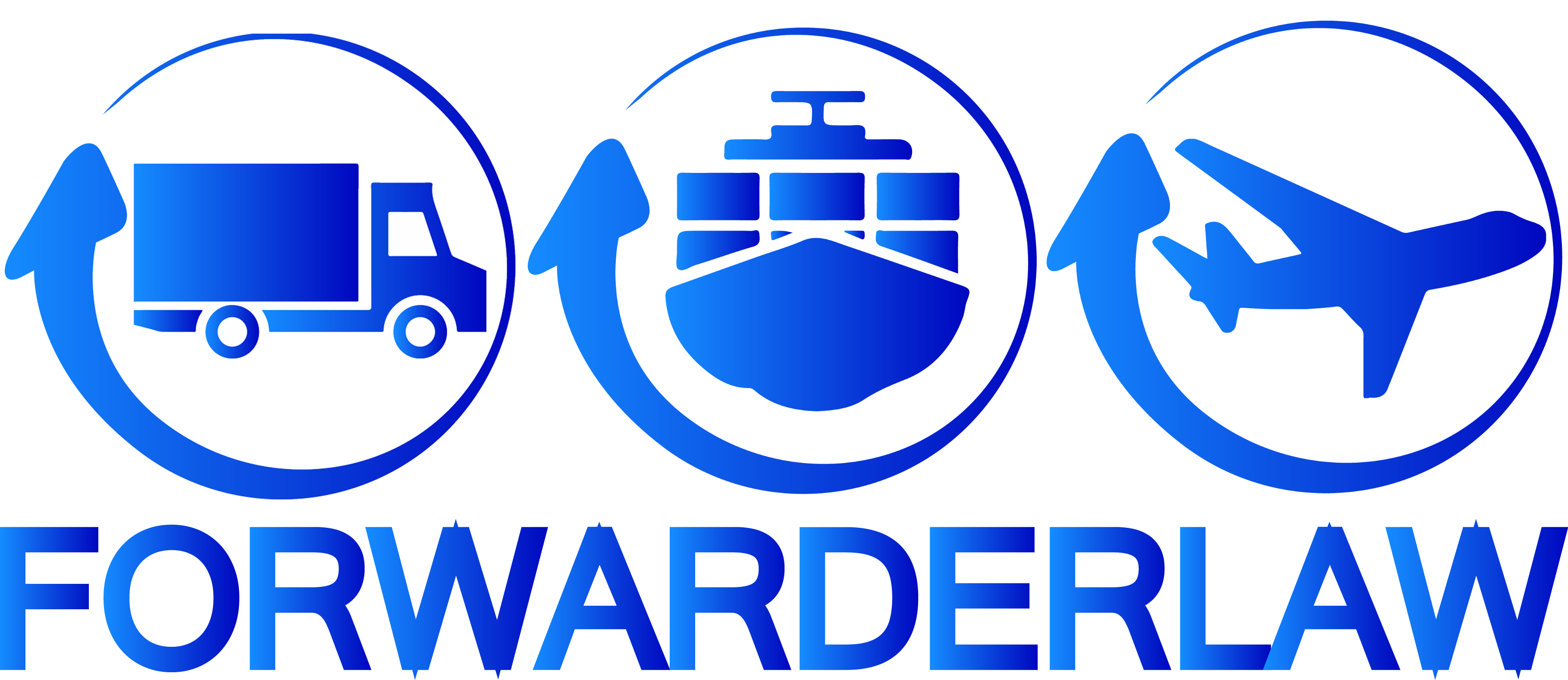Gavin Magrath, Magrath’s International Legal Counsel, Toronto, Canada
Background
The Safety of Life at Sea Convention (SOLAS) is a treaty of the International Maritime Organization (IMO), the United Nations agency tasked with maintaining a comprehensive framework of rules for international carriage by sea. 171 nations are members of the IMO, so virtually all national governments are State Parties responsible for implementing its treaty measures.
In 2014 the IMO approved amendments to SOLAS, which comes into effect on 1 July 2016, requiring at Paragraph 6.6 that “[a]fter finalisation of stuffing and securing of containerised cargo, the total container weight must be verified and documented” by the Shipper prior to the tendering of cargo using one of two methods:
- Weighing the packed container using calibrated and certified equipment; or
- Weighing all packages and cargo items, including pallets, dunnage, etc., and adding the tare mass of the container to the sum of the masses of the cargoes using a certified method approved by the State’s competent authority.
Of course, it has always been the responsibility of shippers to provide an accurate declared weight for cargo; the new obligation is to ensure the weight is verified using one of the two methods.
The impetus behind the changes arose from the circumstances of the sinking of the MSC Napoli in severe weather in the seas between England and France. The subsequent investigation by the British Marine Accident Investigation Branch found that significant discrepancies between declared and actual weights of the containers stowed on deck was a contributing factor in the disaster The new SOLAS requirements require that the verified gross mass is documented, signed by someone duly authorized by the shipper, and provided to the Master or their representative “sufficiently in advance to be used in stowage planning.”
Freight Forwarders as Shippers
It must be recalled that under the IMO Guidelines the “Shipper” is the entity or person named on the bill of lading or sea waybill as shipper, and in whose name the contract for carriage has been concluded. Where the forwarder acts as NVOC, they are the shipper on the Ocean or Multimodal Bill of Lading or Sea Waybill, and accordingly the party responsible for documenting the verified weight and providing it to the Master or terminal in a timely fashion. Any forwarders engaging in NVOC activities must therefore be prepared, from 1 July 2016, to provide certified weighing equipment under Method 1 or use a certified method for summing individual cargoes under Method 2.
National Implementation
The IMO is not an enforcement or administrative body, and implementation of treaty obligations is the individual responsibilities of the States Party to the treaties. To date, Transport Canada has not offered significant guidance on what will constitute “calibrated and certified equipment” for method 1, nor on what will be the approved certified method for summing gross weights under method 2, and this leaves substantial uncertainty in crafting the industry response. Notwithstanding the lack of specific guidance, it is probably safe to assume that the authority responsible for “certified and calibrated” devices will be the national authority on weights and measures – in Canada, this is “Measurement Canada”, an office of Industry Canada.
In Europe, however, there has been a more harmonized approach, which will hopefully serve as a guide to other states crafting their implementation strategies. Among the details being discussed is a standard level of acceptable variance of 5% or 500kg, whichever is more. However it is important to note that weights must be obtained and verified by certified and calibrated equipment: if a shipper estimates the weight within 5%, they are in breach of their obligations. Estimation is not an acceptable method of weighing or verifying gross mass.
Neutral Weighing Notes
In the absence of specific national guidance, FIATA has provided a guide on the new requirements. In their view, parties should agree that a ‘neutral weighing note’ clearly identifying the container and cargo will be acceptable to each party responsible for carriage. That is, the same weighing note should serve as an acceptable legal verification as between the actual Shipper and the Forwarder acting as NVOC and as between the Forwarder as shipper and the Ocean Carrier on a ‘back-to-back’ basis.
Again, while there is no specific national guidance yet, FIATA assumes that such a document will have some minimum necessary features:
- Clearly identifies the container number and seal number
- States the verified weight
- Identifies the weighing company and
- Clearly indicates that the equipment is approved and calibrated by the appropriate government agency.
In the case of FCL movements, the actual shipper is the SOLAS shipper for the purposes of the NVOC bill, and the party responsible for providing the verified weight; while the name of the verifying shipper will not be the same as the name of the shipper on the ocean bill of lading, the parties (or industry) should be able to resolve that discrepancy either through an approved neutral weighing note or on an ad hoc basis. Greater co-operation between the major lines, shippers, and national agencies will be required to ensure consistent standards, documentation, and EDI methods.
In the case of LCL consolidations, however, it is the forwarder acting as NVOC that is the Shipper under SOLAS, which applies to the gross mass of containers. In other words, the amendments to SOLAS do not apply to LCL shippers, and the forwarder will have the sole obligation to verify the gross mass of the loaded container by method 1. From a commercial perspective this may be less than practicable, however: it is unlikely that the verified gross mass of the container with all cargoes will exactly match the total of shipper-provided weights for the individual cargoes, which may cause delay if unacceptable to the customs or other authorities. Another option would be to sum the certified weights of the individual cargoes, however, the consolidating forwarder can only rely on certified declarations of weight for cargoes in individual, original, sealed packages that have the accurate mass clearly and permanently marked on the surface. In other words, shippers contributing LCL cargoes to a consolidation will have to have appropriate practices in place to produce verified weights on which the forwarder can rely, or the forwarder will have to reweigh the cargo under one of the two methods.
Enforcement
Any regulations providing for enforcement of these obligations – including, potentially, monetary penalties – will be up to the individual governments of the States Party.
As between commercial parties, it is important to recall that shippers have always had the obligation to provide accurate marks and descriptions, including with respect to weight; the changes in SOLAS do not change this basic obligation, but rather set out as required what before was only a best practice. Carriers can hold shippers responsible for inaccuracies or errors in marks that result in damage, and this potential liability is unlimited in both tort and contract. Particularly where enforcement or compliance cause carriers to incur costs, forwarders and shippers can expect them to seek to recover those costs.
When it comes to the costs of obtaining the verified gross mass, it seems clear that the shipper has the obligation to provide the information and will be left to bear the cost. This may be problematic for smaller shippers or forwarders, but also provides a commercial opportunity to others in providing an outsourced option for certified equipment and methods.

